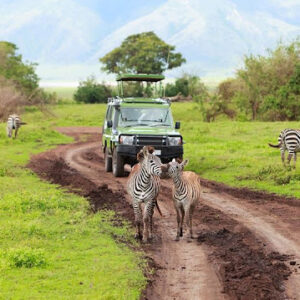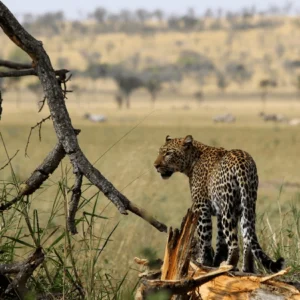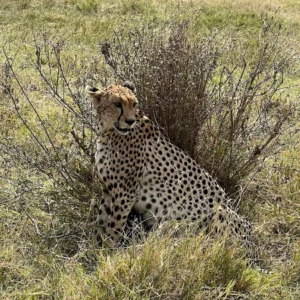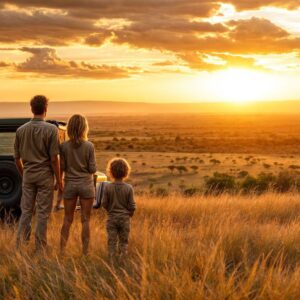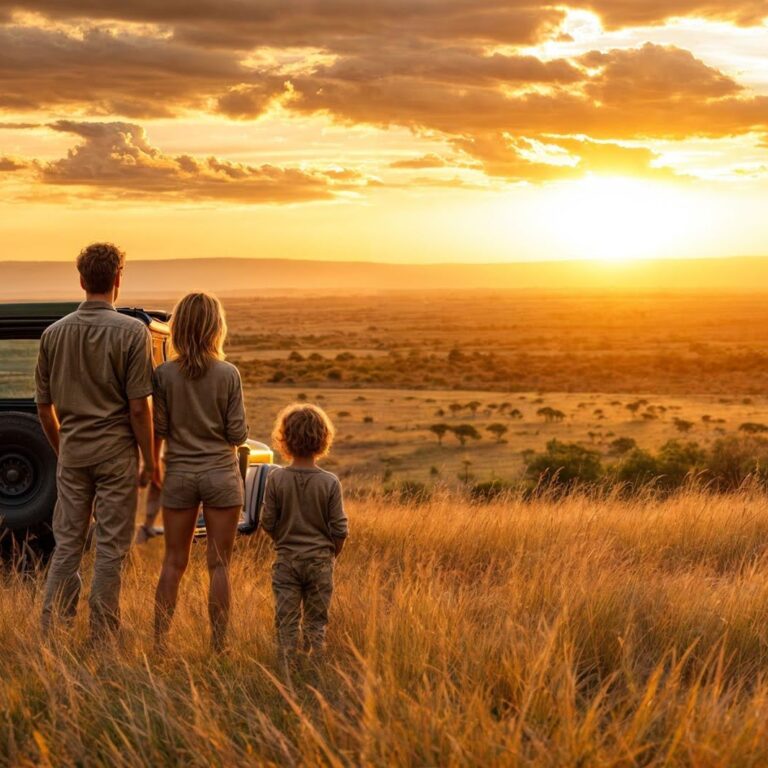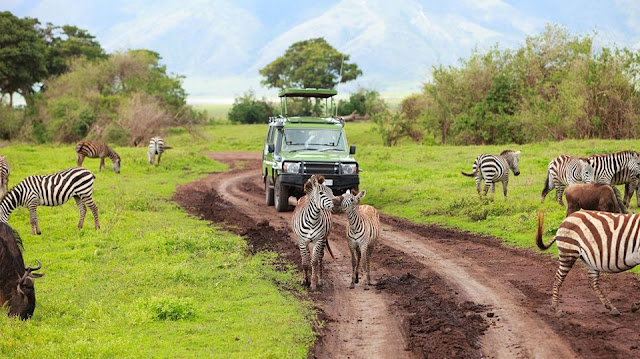10 Reasons Why is Drinking Water So Important on Kilimanjaro?
Conquering Kilimanjaro, Africa’s highest peak, is a once-in-a-lifetime adventure. But reaching the summit requires more than just physical fitness and mental grit. It also demands respect for the mountain’s unforgiving environment, and that includes prioritizing one often-overlooked element: water.
Here are 10 reasons why staying hydrated on Kilimanjaro is not just a good idea, it’s an absolute necessity:
1. Combat Dehydration in a Double Whammy:
At high altitudes, the air is thin and dry, sucking moisture from your body like a desert wind. Even breathing becomes a dehydrating act. Add to that the physical exertion of the climb, and you have a recipe for dehydration disaster. Dehydration on Kilimanjaro can quickly lead to fatigue, headaches, dizziness, and even altitude sickness – none of which are welcome companions on your summit quest.
2. Fuel Your Acclimatization Engine:
Adjusting to the lower oxygen levels at high altitudes is called acclimatization. This complex process demands proper blood flow and circulation, both of which rely heavily on adequate hydration. By keeping your fluids balanced, you help your body deliver oxygen to your cells efficiently. Making acclimatization smoother and increasing your chances of reaching the top.
3. Your Internal Cooling System:
Kilimanjaro’s climate can be surprisingly diverse, with temperatures ranging from scorching sun to freezing nights. Physical exertion generates heat, adding to the challenge. Proper hydration allows your body to sweat effectively. Acting as your internal cooling system and avoid overheating, a serious health risk at high altitudes.
4. Avoid AMS Confusion:
Symptoms of AMS on Kilimanjaro
Symptoms of dehydration and altitude sickness (AMS) can be eerily similar – headache, nausea, fatigue. Dehydration can worsen AMS symptoms and vice versa. Making it crucial to distinguish between the two and ensure proper treatment.
5. Boost Your Energy Levels:
Water is essential for transporting nutrients throughout your body. Providing the fuel your muscles need to power through the challenging climb. Dehydration zaps your energy, making even simple tasks feel like Everest. Stay hydrated to keep your energy levels high and your spirits even higher.
6. Improve Brainpower:
Even mild dehydration can impair cognitive function, affecting your decision-making, memory, and focus. On a challenging climb like Kilimanjaro, where clear thinking is crucial, staying hydrated ensures you’re operating at your peak mental capacity.
7. Aid Digestion:
Digestion slows down at high altitudes, and dehydration can make it even worse. Drinking plenty of water helps break down food and keeps your digestive system functioning smoothly. Preventing constipation and discomfort on the trail.
8. Prevent Kidney Stones:
Dehydration is a major risk factor for kidney stones, which can be incredibly painful and debilitating, especially at high altitudes. Drinking enough water dilutes your urine and flushes out waste products, reducing your risk of these painful surprises.
9. Enhance Recovery:
climber on Kilimanjaro recovering after a long day. After a long day on the trail, your body needs to repair and rebuild. Proper hydration helps flush out toxins, reduces muscle soreness. Promotes faster recovery, so you’re ready to tackle the next day’s challenge.
10. Celebrate Your Triumph:
Celebrating on the summit of Kilimanjaro. Reaching the summit of Kilimanjaro is a monumental achievement. And what better way to celebrate than with a refreshing sip of water? Every drop will taste like victory. A testament to your perseverance and a reminder of the importance of staying hydrated throughout your incredible journey.
Bonus Tip: Consider using water purification tablets. Filters to avoid reliance on bottled water and minimize plastic waste on the mountain.
Remember, your Kilimanjaro climb is a marathon, not a sprint. Pace yourself, prioritize hydration, and listen to your body. Water is your ultimate climbing companion. The silent supporter fueling your ascent and helping you reach the breathtaking summit with a glass full of accomplishment.
Happy climbing, and don’t forget – drink up!
How much water should I drink on Kilimanjaro?
How much water should you drink when Climbing Kilimanjaro? You should aim to drink around 3-4 liters of water per day. We recommend bringing an electrolyte formula to add to your water, and any flavoring drops if you find plain water too boring.
Hydration Recommendation for Summit Day – Kilimanjaro National Park. Proper hydration is crucial to succeeding on Kilimanjaro as it helps climbers better adjust to the elevation. Your crew will provide unlimited purified water on the trip, and you should plan to drink 4-5 liters each day to help with the altitude.
How do I get drinking water on Kilimanjaro?
Porters will collect water from the rivers and streams along the trail. Some of this they will boil/filter/treat for you at the start of the day to carry in your water bottles. It is possible, if you want, to collect water yourself from the many streams and purify it using a filter or tablets.
Purify our own water while trekking the Kilimanjaro
It is possible, if you want, to collect water yourself from the many streams and purify it using a filter or tablets. But, like I say above, you don’t have to do this because your crew will provide you with enough to drink. Note, however, that as you climb ever higher the water becomes more scarce.
How to take care of yourself on Kilimanjaro
If you aren’t absolutely certain water is pure, do not drink it. Wash your hands thoroughly after using the toilet, and before eating or handling food of any kind. Do not eat raw vegetables or salads.. Avoid any cold drinks, and ice of any kind.
What electrolytes are good for Kilimanjaro?
A few types of electrolytes you can bring are Gatorade powder, GU Drinking Tabs, NUUN tablets, and Saltstick. They are all lightweight and easy to use. Just add them to your Nalgene and shake, wait a few minutes then drink up. Or, like Saltstick, you can just swallow them with water.
What is a good hydration system for hiking Kilimanjaro?
Four to five liters is the daily recommended water consumption. Our gear list includes BOTH a water bladder, such as a 3 liter CamelBak or Platypus, and a water bottle, such as a 32 oz. Water Bottles and Water Bladders on Kilimanjaro. Nalgene. Water bladders are also known as hydration bladders or reservoirs
What are Mount kilimanjaro drinking water facts?
During your climb all drinking water is collected by our porters from streams that are fed from glaciers high on Kilimanjaro. Before being served all the water is boiled then placed through a sieve to remove any large particles. We provide you with 4 liters of boiled water per day for drinking only.
Water Bladder Size? – Kilimanjaro National Park
Hydration Reservoir (optional) – A hydration reservoir is optional while hiking to the lower camp(s) on the mountain. We recommend a 2L hydration bladder for maximum comfort and ease.
How to stay hydrated while climbing Kilimanjaro?
First you should consider using a water bladder and hose delivery system which allows you to enjoy small sips of water every 10 or 15 minutes during your hike without having to stop and take out a water bottle. Water bladders come in many sizes and styles; the most recognizable being the Camelback and Platypus brands.
What is the Food Like on Kilimanjaro?
Food and Water on Kilimanjaro. Water and Snacks on Kilimanjaro. Water is provided only at the campsites so you need to carry enough water, usually about 3 liters, to stay hydrated while you hike. You may want to bring some supplementary “comfort” foods, such as candy, gum, chocolate, health bars or powdered energy drinks.
What are Hydration and Nutrition on Kilimanjaro?
You should aim to drink around 3-4 liters of water per day. We recommend bringing an electrolyte formula to add to your water, and any flavoring drops if you find plain water too boring. At each Kilimanjaro camp, there will be tea, coffee, hot chocolate, squash and fruit juices, we don’t bring sodas or bottled water.
What are Water Bottles vs Hydration Bladders: Pros and Cons?
You can carry more water in a more efficient and comfortable way using bladders compared to using bottles. If you have a lot of distance to cover, it is very hot, or if you sweat a lot and therefore need to carry large quantities of water, we would highly recommend using bladders.

